Hello history buffs and travel aficionados! It has been a long time since I wrote a Beyond Last Week post. I think we all know why with our current world travel status. And, I think we all can see the benefit of now looking to the future and trying to get back to a semblance of normalcy (and travel!) With that in mind, I thought a post about a place that inspires hope, showcases nature’s beauty and encourages exploration would be right. That place is our nation’s first National Park, Yellowstone. Not only is Yellowstone our first national park, but it is the world’s first national park. As always, mixed in with a bit of history will be some funny stories, halfway decent pictures we took and some recommendations and tips for you when you travel and explore. Enjoy!
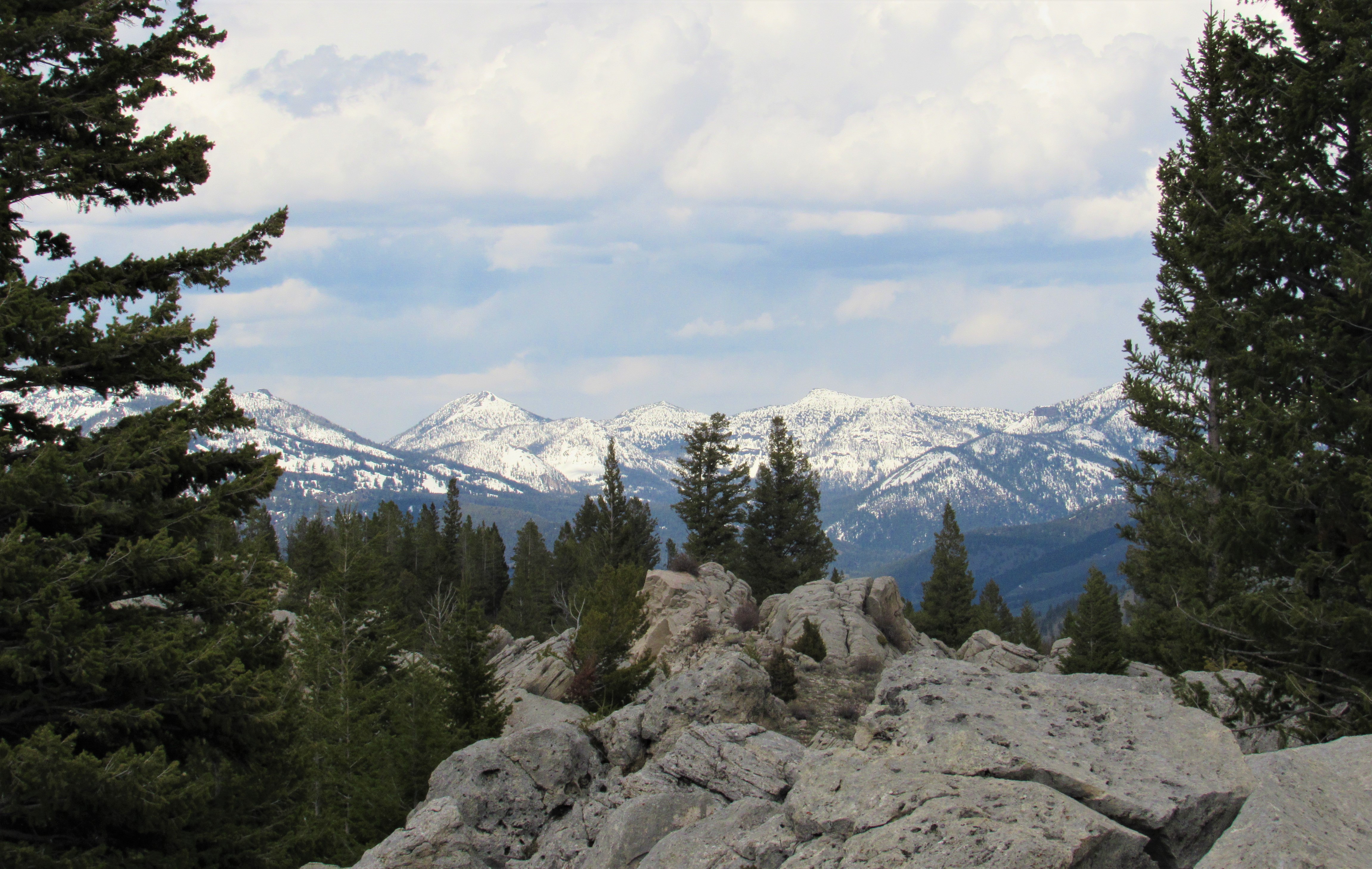
Yellowstone National Park is one of my most favorite places to visit. The landscape, beautiful vistas, abundant wildlife, quiet solitude (in places), ability to see the circle of life play out right in front of your eyes every day, and, even when being very careful (which you must do!) to dance with your own mortality brings Yellowstone to life. There are places and beasts not for the faint of heart. Because of this, please follow the rules and guidelines from the National Park Service. If you don’t you are just hurting the park for future generations.
(Following rules and guidelines are hard for me sometimes…especially when I am exploring because I like to find those places that are hidden away, or crawl up in attic of castles to look around, but I follow the rules here and you should too!)
Travel Tip #1:
As I started to think about and write this article, a strange thing happened. If you travel a lot, one of the best websites to find cheap airfares is Scott’s Cheap Flights. I happened to see an email arrive and, sure enough, a deal for Yellowstone popped up. Round-trip tickets to fly in and out of Bozeman, MT for just $179 from my home airport! You can’t beat that. So, suggestion/tip number one (and this goes for all travel, not just to Yellowstone) try Scott’s Cheap Flights. The price was less than half a normal fare. Too bad I had other things going on so I couldn’t take advantage of that deal.
How to get to Yellowstone
Yellowstone is nestled in northern Wyoming, eastern Idaho and southern Montana, with the majority of the park in Wyoming. The easiest option is to fly into Bozeman, MT and drive south to get to the North Gate of the Park, or the Roosevelt Arch.
Additionally, by using the North Gate, you will pass three notable points before getting to the heart of the park. These points are the 45th parallel (halfway between the equator and the North Pole), the original military outpost Fort Yellowstone, and Mammoth Hot Springs.
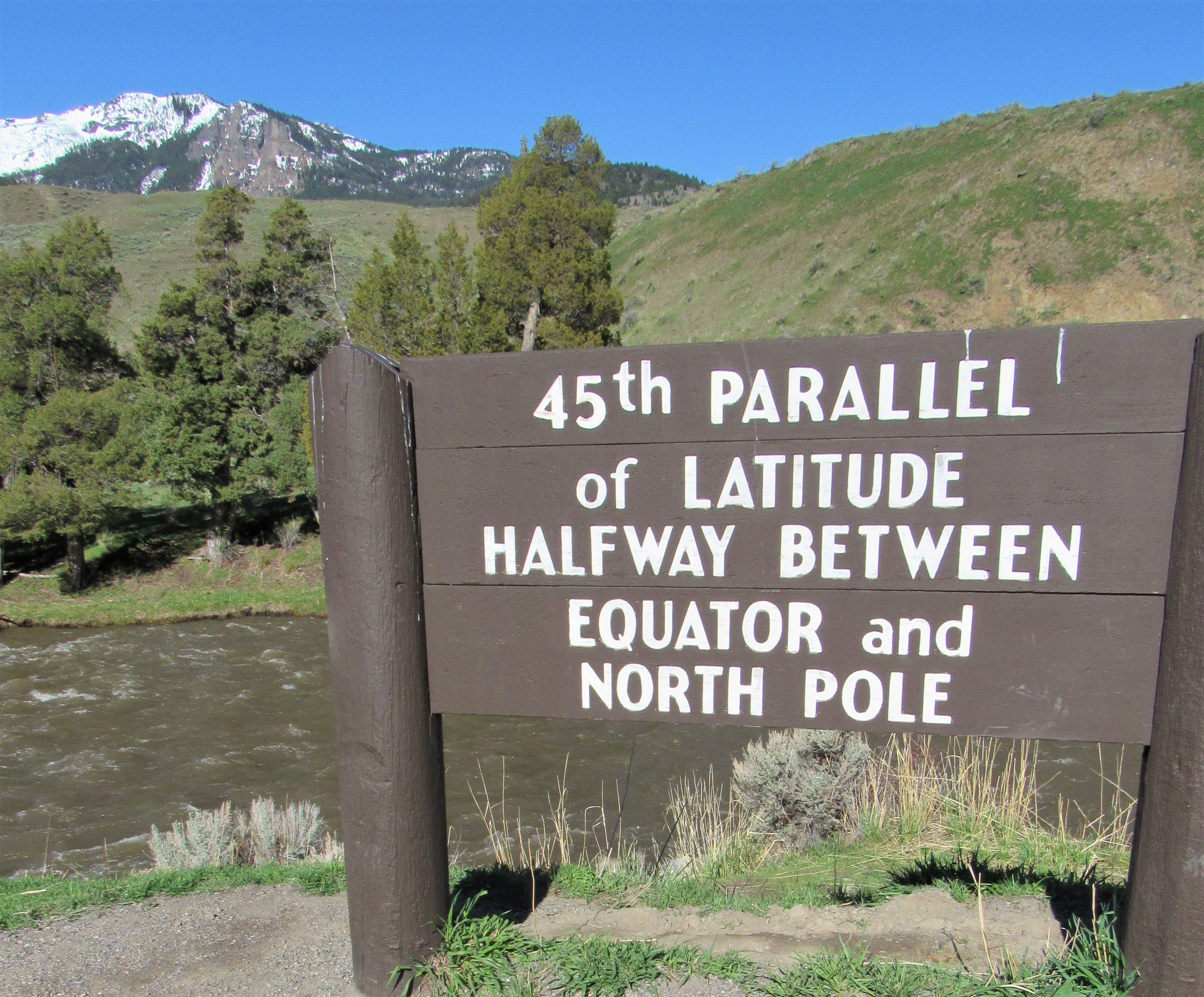
The 45th parallel is just one of those cool points to be at, but Fort Yellowstone is history. And exploring history is a passion of mine. So make sure you take the opportunity to explore buildings dating to the late 1800s used to protect the national park and its resources. Just be careful of the wildlife…they roam all over the park, to include around the buildings of the Fort. The tour around the Fort takes just under an hour to walk around and it is free.
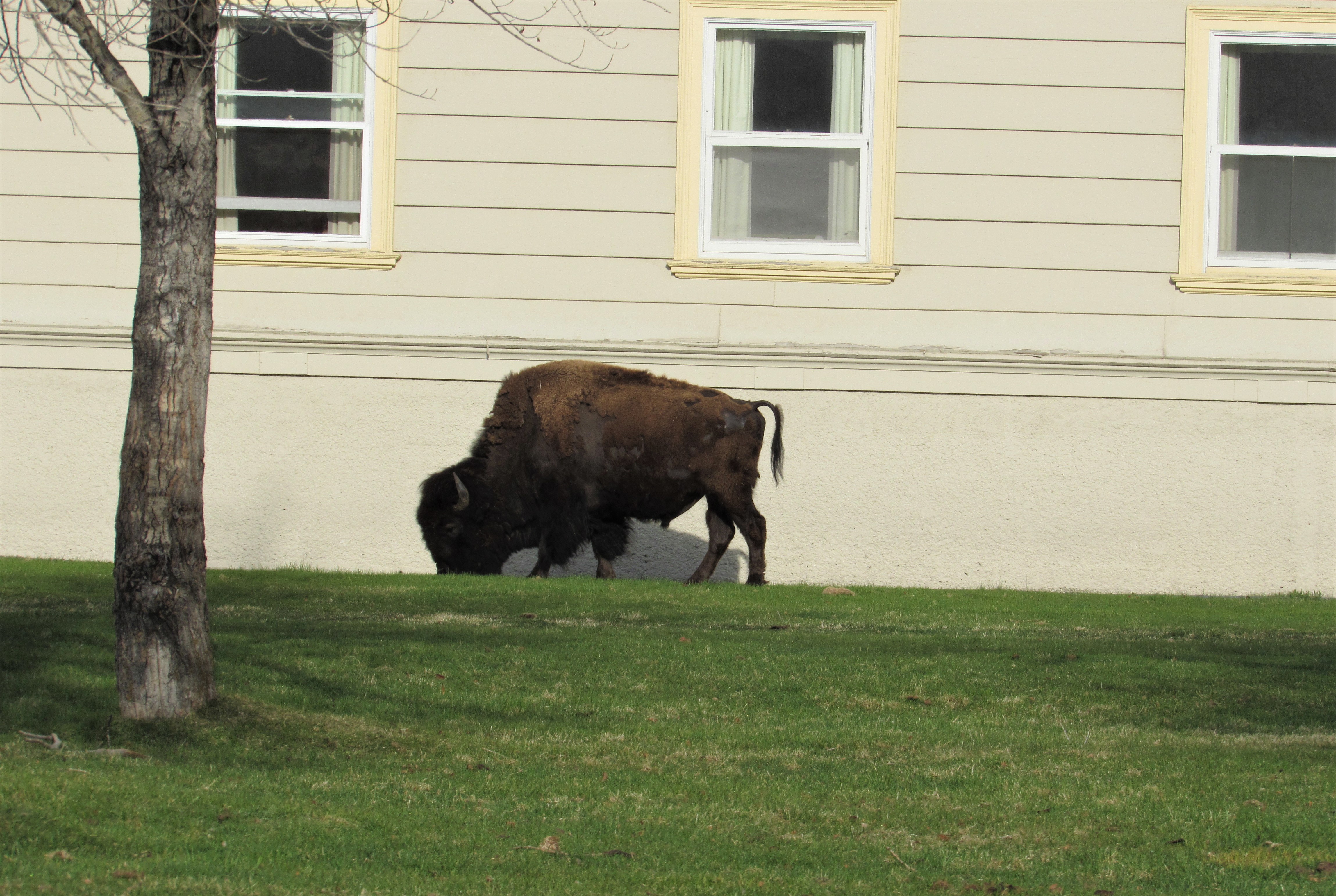
Some quick information about Fort Yellowstone (taken from the NPS website). Due to the threats to the natural resources found in the park and the inability of civilians hired (not of their fault, but due to budgetary and understaffing reasons), the park asked the US Army to help. From 1886 until 1918 the US Army had a presence in the park and they helped protect a beauty we can still visit today. After Congress established the National Park Service in the early 1900s, Fort Yellowstone slowly and reluctantly transitioned away from the Army and the 10 cavalry units stationed in the park.
It is leaving the Fort where you need to make your first directional decision; go east towards Tower-Roosevelt, or south towards Mammoth Hot Springs and then Old Faithful. Since I have only been to this part once a long time ago, this post will head south (after a quick detour to the Petrified Tree, which my wife and son visited the last time we were there while I went fishing with my daughter.)
Yellowstone’s Petrified Tree (as told by Jonathan)
Just off of the Grand Loop Road, about 1.5 miles from Tower Junction, there is a semi-long dirt pathway that brings you to the petrified tree. Be warned, you may need to continue driving a bit further to find a place to pull over as the road near the gate is quite narrow. Following the path to the end will find you a set of both stairs and a ramp which go up to the tree itself. Now unfortunately, you aren’t able to get too close to the tree as it is fenced off. But you are able to climb up and read a plaque detailing the history of this tree.
Currently, it is nothing more than a trunk, but it dates back about 50 million years before volcanic activity in the park left it petrified. It may not be the most visual dazzling thing you can find in this park, but that does not detract from the weight of catching a glimpse this far back into the Earth’s past. And the short hike to get this isn’t half bad to boot.
Though we should throw one more warning in here; since you will be on a lesser populated path, there is a chance you will run into some of Yellowstone’s wildlife (this will be a reoccurring theme in this article). Not too unlike what happened to us (my mom and I) on our walk back to the road. Hearing the breathing first, I found myself not even 15 feet from a bison who had started grazing on some grass just off the path. Tempted to grab a picture, I remembered the park’s general guidelines about wildlife and instead kept moving, slowly, towards the road. The animals aren’t overly aggressive, though it’s best to leave them alone as you wander the park. But with this detour over, we can now make our way south towards Mammoth Hot Springs.
Mammoth Hot Springs of Yellowstone
After leaving the area of the Fort, you will follow the road as it curves around and up towards Mammoth Hot Springs.
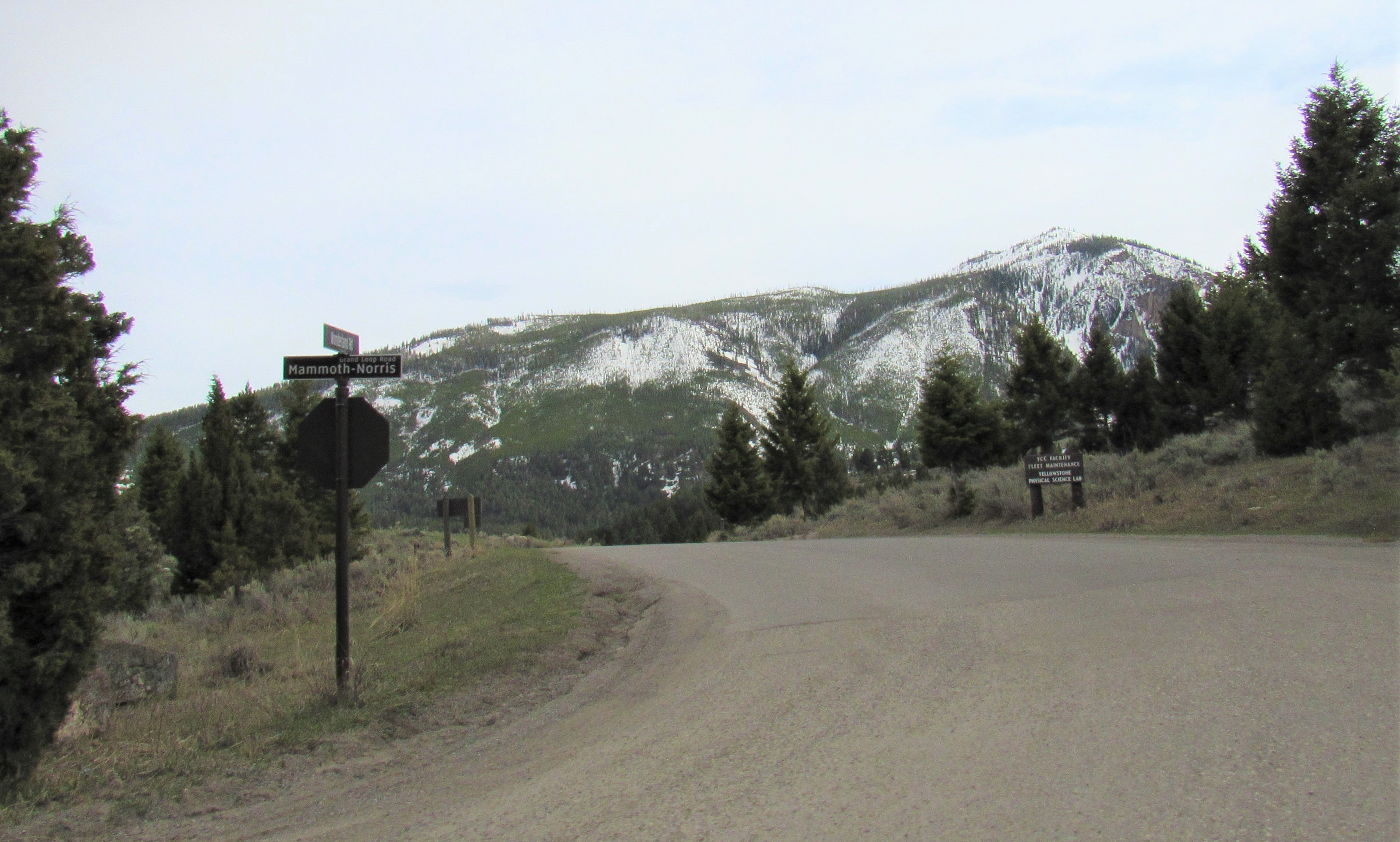
Just a quick caution; as with a lot of areas in Yellowstone, there is a pungent sulfur smell due to the volcanic activity below the surface that escapes to the surface, which accounts for all the springs and geysers you will see. Scientists are still studying if the geothermal activity near Mammoth Springs is the same activity inside the caldera boundary associated with the lower park. The springs took thousands of years to form into what we see today, and are still changing as water and calcium carbonate bubble up from below the surface.
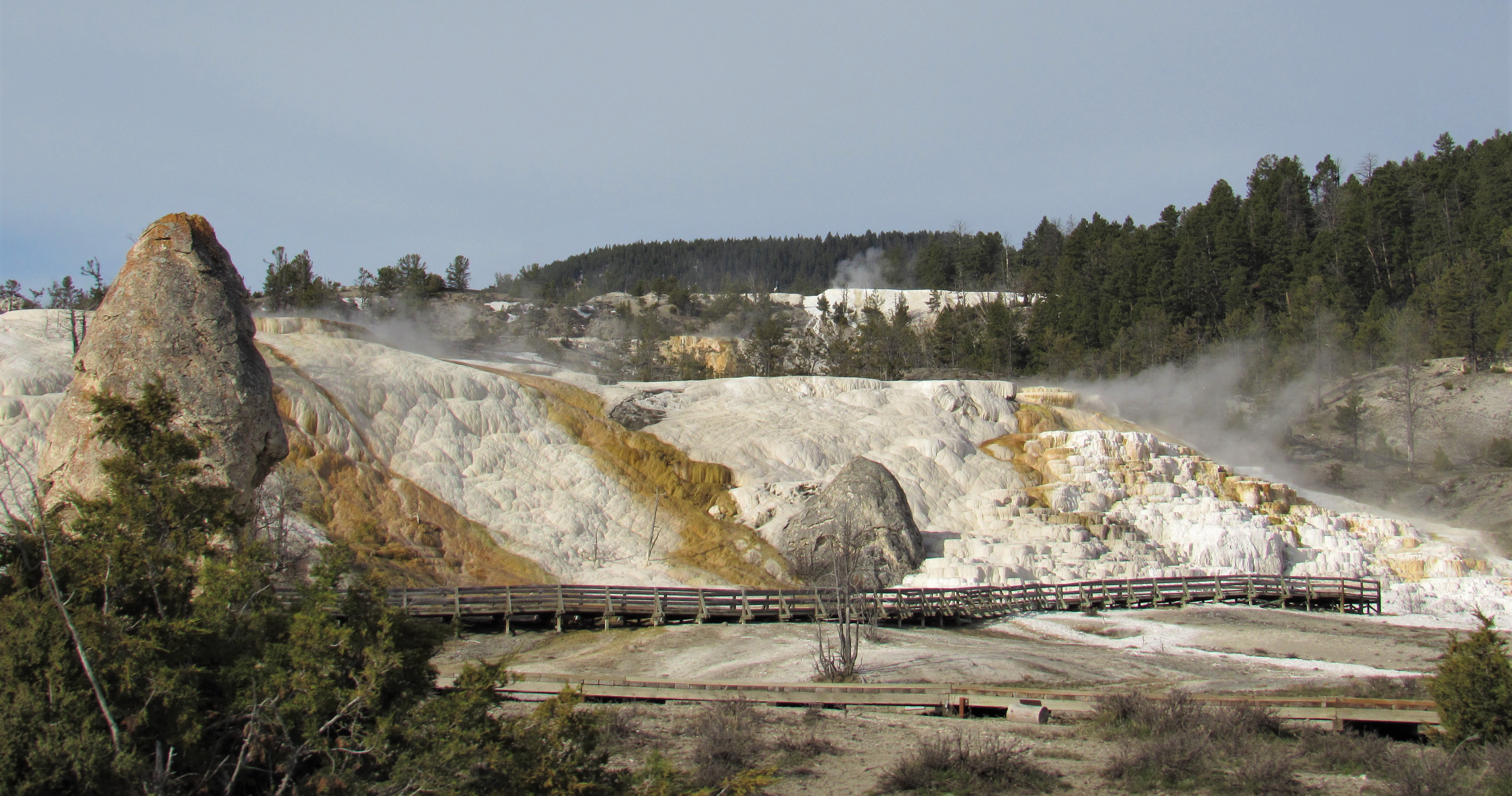
There are dozens of thermal features around Mammoth Hot Springs which you can explore. In fact, Terrace Mountain is the largest carbon depositing spring on Earth. Inside the springs, algae flourishes and as such, colors of red, green, orange and brown are visible, similar to other pools in the park. Additionally, there are multiple hikes around Mammoth Springs and the surrounding region, ranging from minutes to hours and from easy to difficult.
Heading South in Yellowstone
Once you leave Mammoth Springs, there are a number of places to stop and take amazing photographs, quick (or long) hikes and places to eat and camp. It all depends on how much time you have. If you give yourself days in the park, take your time and explore. If you are a hiker, you will be in heaven. You like nature and wildlife? Then you will be up close and personal with nature and wildlife.
Years ago, Marla and I were there with Jonathan when he was still little and we carried him on our backs. We decided to take a hike along a well-traveled path. Unfortunately, I can’t remember which trail we took, but I remember what we encountered. After about 25 mins of trekking through the woods, we rounded some large rocks and came face to face with nature. Since I was in the lead, I felt nature’s breath. What kind of breath? Moose breath. A young (but still fairly large) moose was on the path staring back at me mere inches away. As I looked up at him and he huffed a bit, I cautioned Marla to slowly walk backwards around the rock again. We didn’t want to frighten him, and we didn’t want to be too close.
The wildlife is just that, wild. Do not try to feed them, pet them or get too close. I’m sure you have all seen the videos of tourists that got too close and paid the price. (I probably should have made this a Travel Tip, so consider it a bonus)

Middle Loop of Yellowstone
About 20 miles south of Mammoth Hot Springs you come to a junction in the Norris region of the park. At that junction you can stop at the Museum of the National Park Ranger as well as visit an information station and bookstore. And, you have a choice again…head further south towards Old Faithful, or east towards the Falls. Before we leave this area, let’s visit Steamboat Geyser area. Then, we will head east really quick to the Falls (about 12 miles), then come back and continue south.

Steamboat Geyser
Not as famous as Old Faithful but way more fun. Steamboat Geyser is the world’s tallest active geyser. Water commonly reaches over 300 feet high. The reason it is less busy than Old Faithful is how often it erupts. Steamboat may not erupt for a couple of hours or a couple of days, and when it does, it can last for a few minutes up to maybe 40 minutes. This irregular timing may mean you could miss a fantastic site. Or, you could get it just right and see a beautiful vision.

Now let’s head east to the Yellowstone River Falls.
Yellowstone Water Falls
There are so many waterfalls in Yellowstone due to the amount of flowing water and nearly unending terrain changes. But the grandest of the falls are the Upper and Lower Falls of the Yellowstone River in the Grand Canyon of Yellowstone. Formed thousands of years ago due to the different geothermal activity, the Grand Canyon of Yellowstone is about 45 miles long. Located near the middle of the Park, the Upper and Lower Falls are a hot spot of activity. The Lower Falls stand more than 300 feet, while the Upper Falls are just over 100 feet. These greater falls are a scene to gaze upon.
No matter when you come here, there is something different; different light, different surrounding weather, different wildlife; multiple different locations to view the falls, different volumes of water cascading down river; and finally, different levels of mist rising from the bottom of the falls. All of these differences create new and exciting pictures and memories.
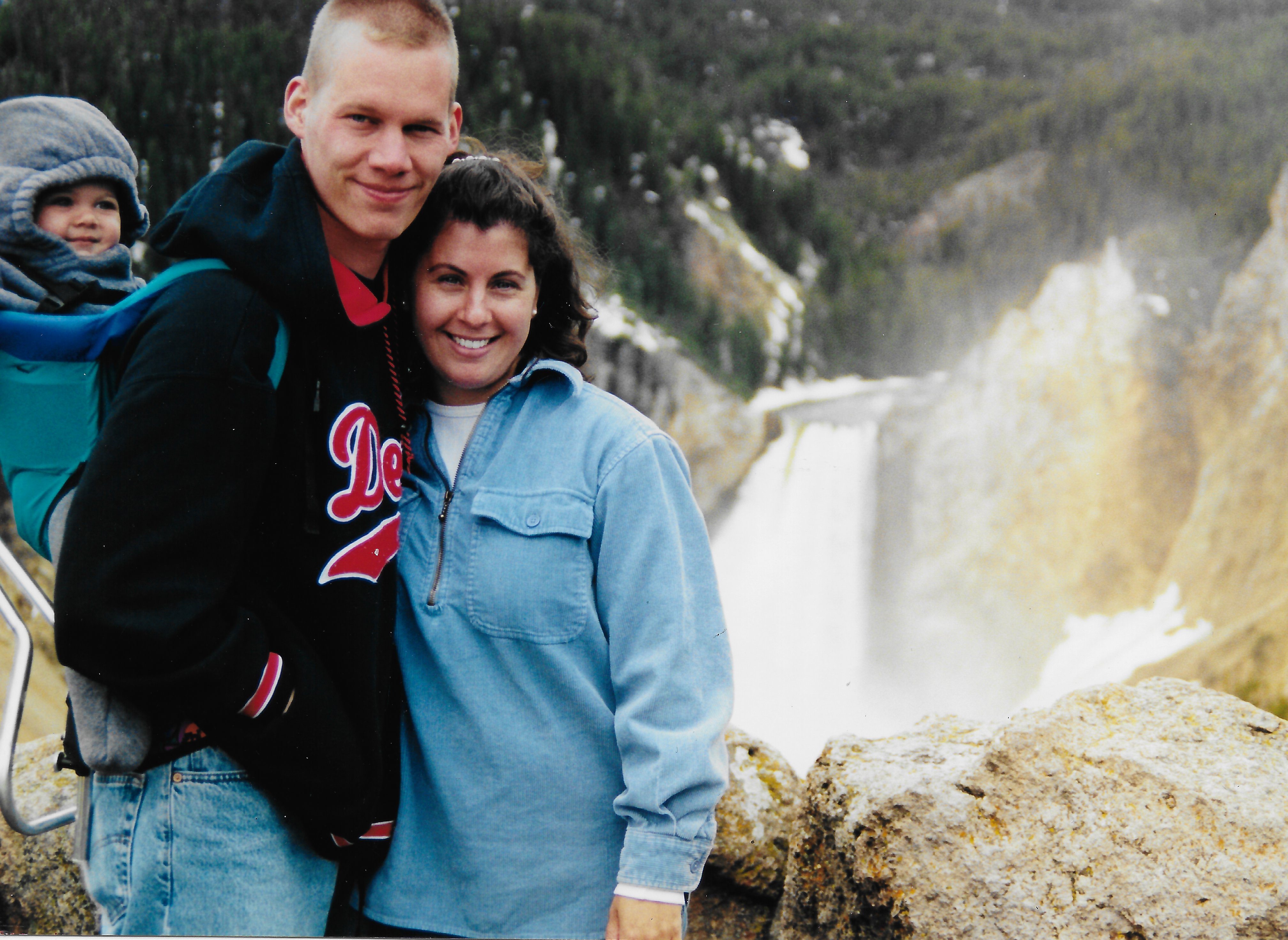
If we head back to Norris and head south towards Old Faithful, we come upon another amazing water fall, Gibbon Falls, along the Gibbon River. Gibbon Falls run right along the road and is an easy stop to make and picture to take. At a little over 80 feet, Gibbon Falls is smaller than the Upper and Lower Falls, but easier to stand on the top and look down. Additionally, the Gibbon River is very important to me, but we will find out why in a second.

Travel Tip #2
Visit Yellowstone during different times of the year if you can. I know this involves going more than once, but it will be well worth it. In the spring you see new life as the Park emerges from the heavy snow. Summer sees a flurry of activity as wildlife roam the park. Autumn brings color and a sense of change. Winter brings peace and some solitude with little human visitors. And since I am an avid fly fisherman, each season brings new challenges and opportunities to get tight lines on trout. Here is the Park link to the open and close dates
Fishing and Wildlife in Yellowstone
Speaking of fly fishing, let’s get back to rivers. As I mentioned above, the Gibbon River is important to me. So is the Firehole River. Why? Because they meet near the cross road of the Western Entrance Road and the road from Mammoth Hot Springs headed south to Old Faithful and the Lower Geyser Basin. And it is at this confluence of the two rivers that one of my favorite rivers is born, the Madison River. I love fly fishing the Madison River, both inside the park and outside the park (see my fly-fishing article on my Top 10 Montana Fly Fishing Spots). I also love fishing the smaller Gibbon and Firehole, but this story is about the Madison.
Before passing along this funny story, let me pass along some background that is relevant to the park. Yellowstone gets a lot of visitors every day. A number of them are first time visitors and may never have seen wildlife in the wild before. I am happy they are visiting and learning, but they do create a kerfuffle every now and then. As they see the bison, elk, moose or whatever wildlife roaming free in the fields along the roads, they stop and take pictures. This stopping causes others to stop to do the same. And before you know it, it is like a major accident on a highway with people rubbernecking and following the crowd.
Having been to Yellowstone a number of times, I know this is going to happen and can adapt to it as needed. So, when I was fishing near the birthplace of the Madison, I took notice of crowds moving up the road taking pictures. Setting the scene a bit more, the Madison sets down in a small impression between some hills along the West Entrance Road. When you are wading in the river fishing, your upper body and head are sometimes just over the top of the surrounding ground. So, seeing the animals roam the land can be intimidating since they are now sitting above you.
With this information in mind, picture me fly fishing the Madison on a nice spring day. The water is cold and fast as the winter snow is still melting in the surrounding hills and mountains. Over my left shoulder I see a crown of cars moving east along the road towards the junction. As the crowds get closer, I try to get up on my toes to see what is in the field over my right shoulder that they are trying to follow. No luck. I look in front of my about 75 yards to see if my fishing partner notices the crowd but he does not.
The crowd is coming closer. I am still looking but I don’t see what I think should be a herd of elk or bison in the field. Soon, the crowd is nearly even with me. The herd must be close. I try stretching as high as I can. This time, I see what they are following. And the first thought in my head is, I hope I can outrun my fishing partner if needed. Meandering along the field is a large bear. Not a herd of elk or bison. A bear. And he looks hungry since it is spring and he probably came out of hibernation just recently.
And I am wearing waders, standing in 3-4 feet of water in the middle of a river. Again…I just need to outrun the guy in front of me. Thankfully the bear kept moving and took no notice of us. Afterwards my buddy said he didn’t even see the bear and had no clue what happened. He just saw the crowd moving along the road. Remember, the wildlife lives here, you do not. Please be careful.
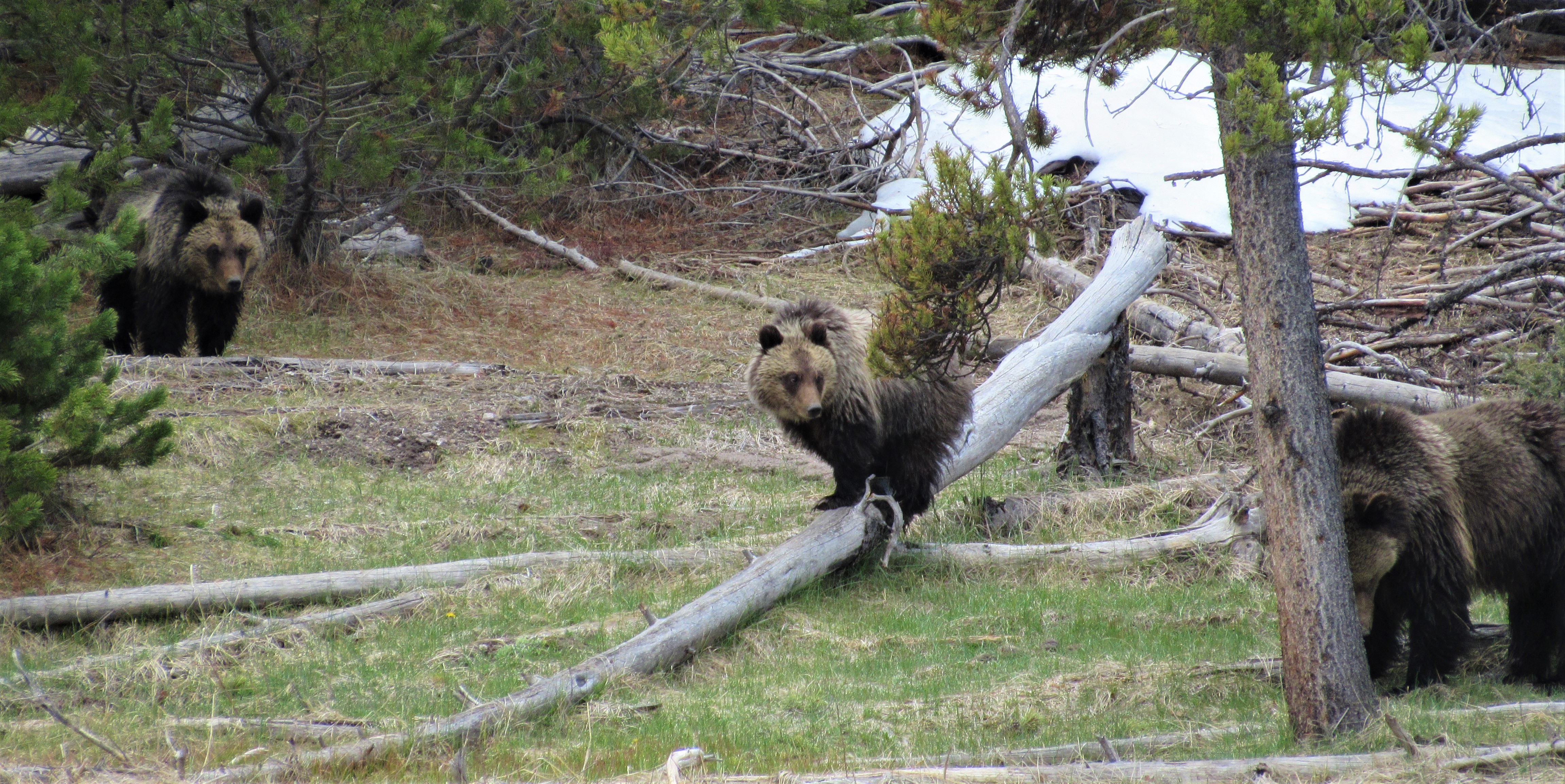
Travel Tip #3
Before fishing in Yellowstone, visit the local fly shops and find out what is hot. The locals are very helpful. My favorite spots are in West Yellowstone (which is in Montana) so I can also find out what is hot outside the park in Montana as well. There are miles of rivers to fish inside Yellowstone and fish of all sizes. The fish are wary, smart and will see any imperfections on your presentation so be patient, meticulous and match the hatch as best as possible.
Do this, and when you hook a wild Yellowstone Cutthroat trout, you will cherish the feeling and want to do it over and over. Bring a friend or family member and make it an adventure. You will need to buy a Park Fishing permit, and can find that at local fly shops. There are also a number of rules and regulations you need to follow, so make sure you review them before you go.
Go to the NPS site for the rules and regulations

The Upper and Lower Geyser Basins of Yellowstone
This region of Yellowstone is breathtaking; pools, mud pots, small geysers, wildlife, rivers, hiking trails, it has it all. There are a number of places to stop and explore. There are over 10,000 thermal features in Yellowstone, and the hundreds or thousands that are in this region are my favorite. I love the colors of pools here. As warm water cascades into cool rivers a mist hangs in the air and creates eerie effects. Standing water is acidic and eats away at what was once living. Bubbling mud pots pop and spit.
As you can see, this area holds countless picture opportunities. Shot away and create images you will love for a lifetime.
Travel Tip #4
DO NOT throw anything into the pools, geysers, fountains, mud pots, etc. They are not wishing wells, or mall fountains. If you throw something in there you may ruin nature’s balance and destroy whatever you throw something into. And, DO NOT try to swim in them either. There are a couple of places you can go into so only go there.
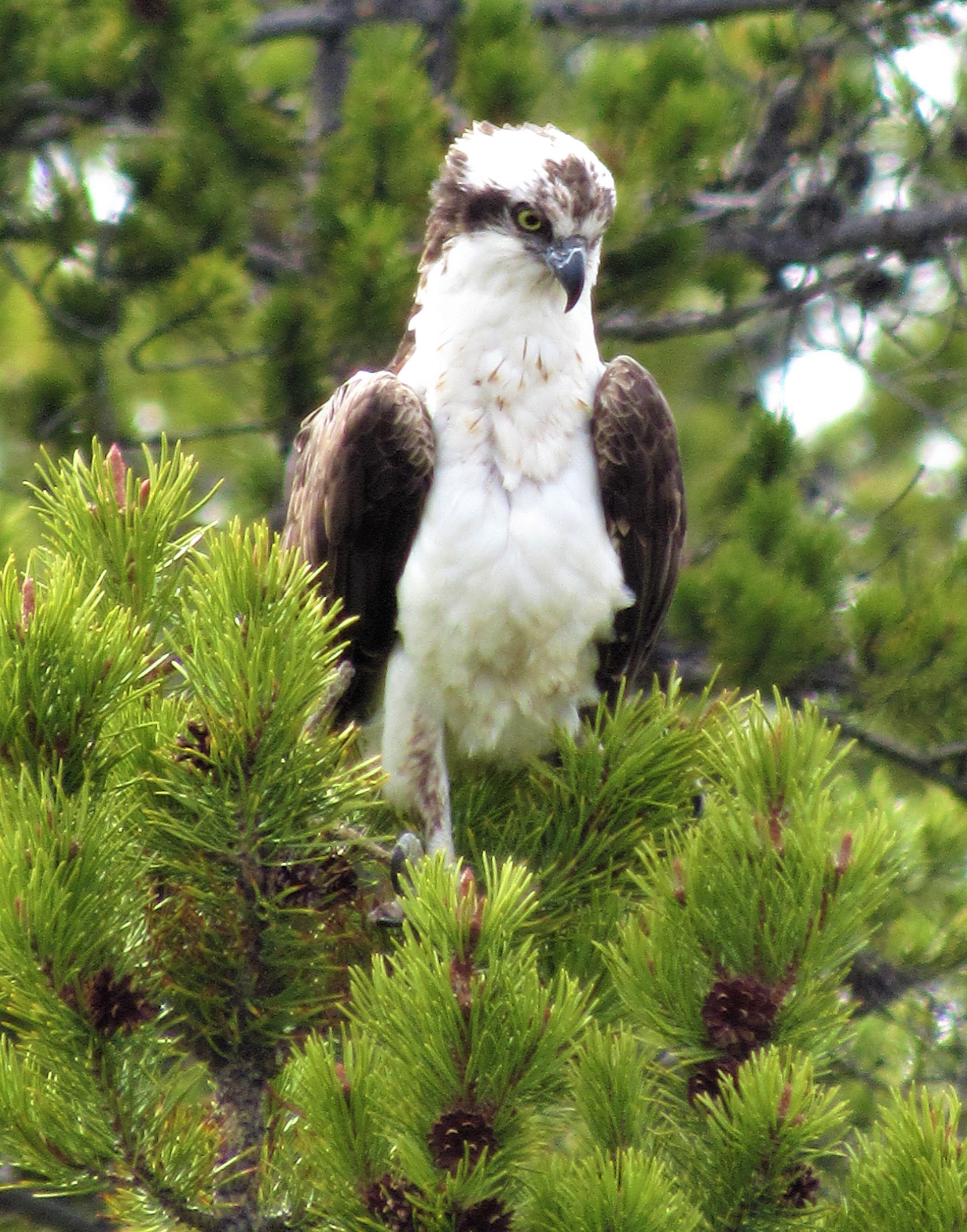
Old Faithful
Probably the most visited site in Yellowstone, Old Faithful is just that, faithful. It erupts very regularly (between every hour to almost two hours) and has for a long time with only slight modifications due to changes after earthquakes and tremors. Each eruption can reach between about 100 to 180 feet high and can last roughly between 1 to 5 minutes in duration. The National Park Service monitors the eruptions, and based on each one, they predict the next one. This prediction is about 90% accurate plus or minus 10 minutes. Then they will post the predicted times when visitors are allowed in the park.
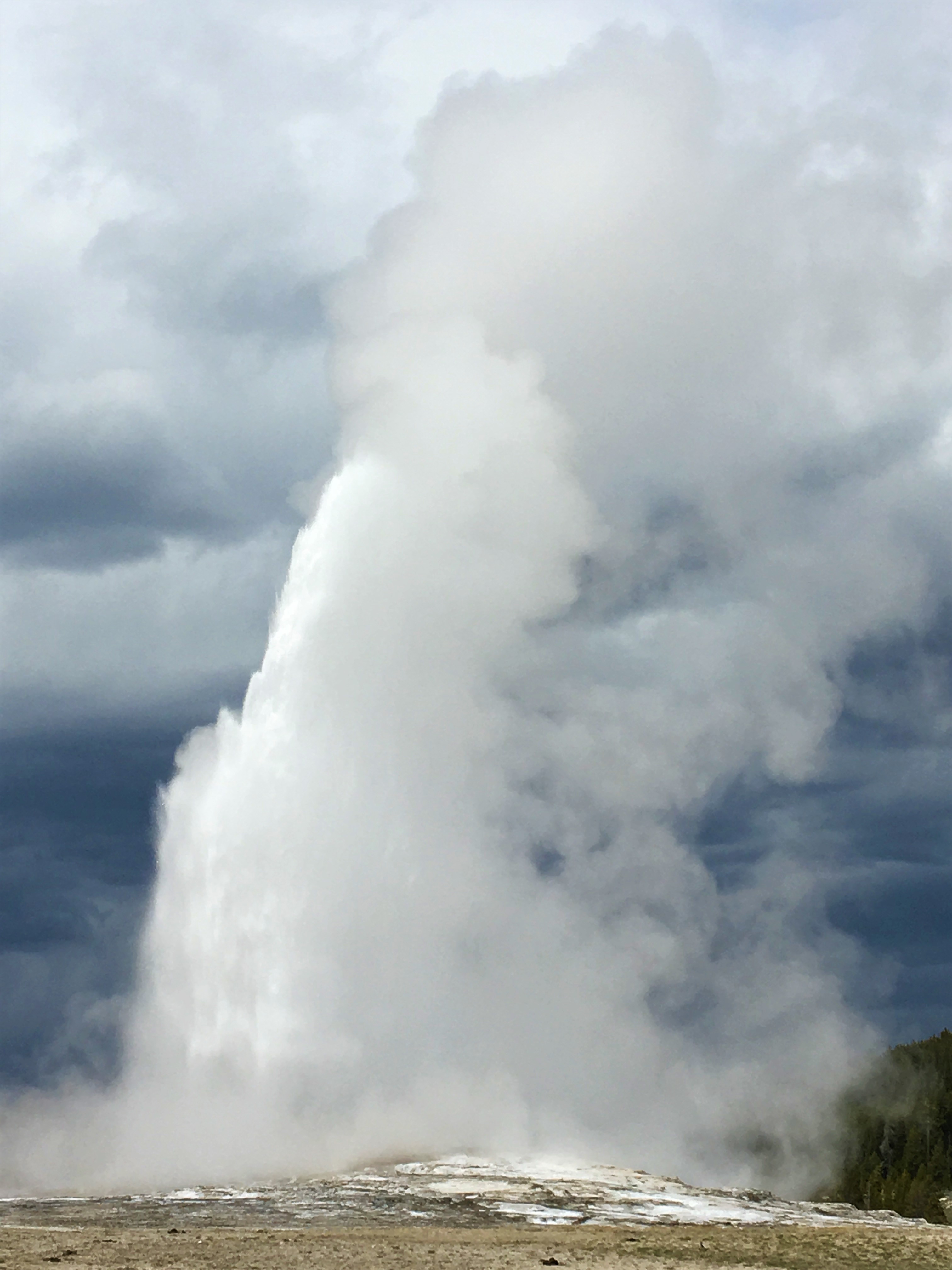
Though Old Faithful is historic in its own right, man has very little to do with it. What man had a lot to do with is Old Faithful Inn. The Inn was built very near the geyser and finished in the early 1900s. When you visit you will see many of the original fixtures from its inception. A fire destroyed some of the outlining buildings in 1988 but they saved the Inn thankfully. You can still stay there as it is a functioning hotel, with restaurant and bar services.
Travel Tip #5
Reservations at the Inn are booked months in advance. I suggest you plan your trip about a year out if you plan on staying at the Inn. The same is true for other lodging and campsites. There are 12 campgrounds in the park and 9 lodges accounting for about 2,000 rooms and over 2,000 camping sites. And only 2 of the lodges are open during winter months: Old Faithful Snow Lodge and Mammoth Hot Springs Hotel. Each campground’s open season varies as well as the nightly price and amenities associated with the individual campground area. Information is located at this NPS page.

Yellowstone Lake
Heading southeast from Old Faithful, the road takes you to the biggest of the many lakes in the park, Lake Yellowstone. Additionally, along the road you get to traverse the Continental Divide, going from the east to west and back to the east side as you cross Craig Pass at 8,262 feet of elevation.
Not only is the lake the largest in the Park, it is also the largest high-altitude lake (above 7,000 feet) in all of North America. Sitting close to 20 miles long and 14 miles wide, there is a lot to explore. You can boat, fish, swim, take great photographs and even get a boat tour. It has been years since I was there and I can’t find any pictures unfortunately, so I guess a trip back to take new ones is in order.
Travel Tip #6
I know I said to plan your trip in advance so you can get lodging (if you want to stay inside the park), but I also suggest planning what you want to do and see while on your trip. If you look at a map, the locations seem close (20 miles to one site from another, or 8 miles to another, etc.) but maps and distances can be deceiving. It takes a lot longer to travel 10 miles inside the park than you think. Be flexible with you plan and your time. You will want to stop and see wildlife, take vista pictures, slow down because others are doing the same, or may even get caught in a traffic jam when a herd of buffalo cross the roads.

If you really want to see the park you need several days. Yes, you could drive through in a day and stop a few places, but you would not get a real appreciation for the beauty and vastness of the park. Take your time and explore.
Another thing I like to do is go to a place more than once if possible. This gives you an idea about a location and then you hone in on the best points. I took that approach with Ireland. I want to bring my wife there to really explore, but I made an initial trip there without her to get a feel for the island and what I think she will love about Ireland. (I’m sure more Ireland stories are coming soon, but here is one on Mitchelstown Caves to start with.) Planning is key to exploring. Even if you plan to explore with no real destination and just wandering, you need some sort of wandering plan so you are ready to get the most out of it.
There are other places to explore in Yellowstone, and other entrances to use, but I think I covered some of the biggest highlights. Hopefully you are excited to be one of the almost 4 million visitors to Yellowstone each year (and hopefully we can all start traveling soon!)
As always, thank you for reading, stay safe and I wish you good luck traveling.


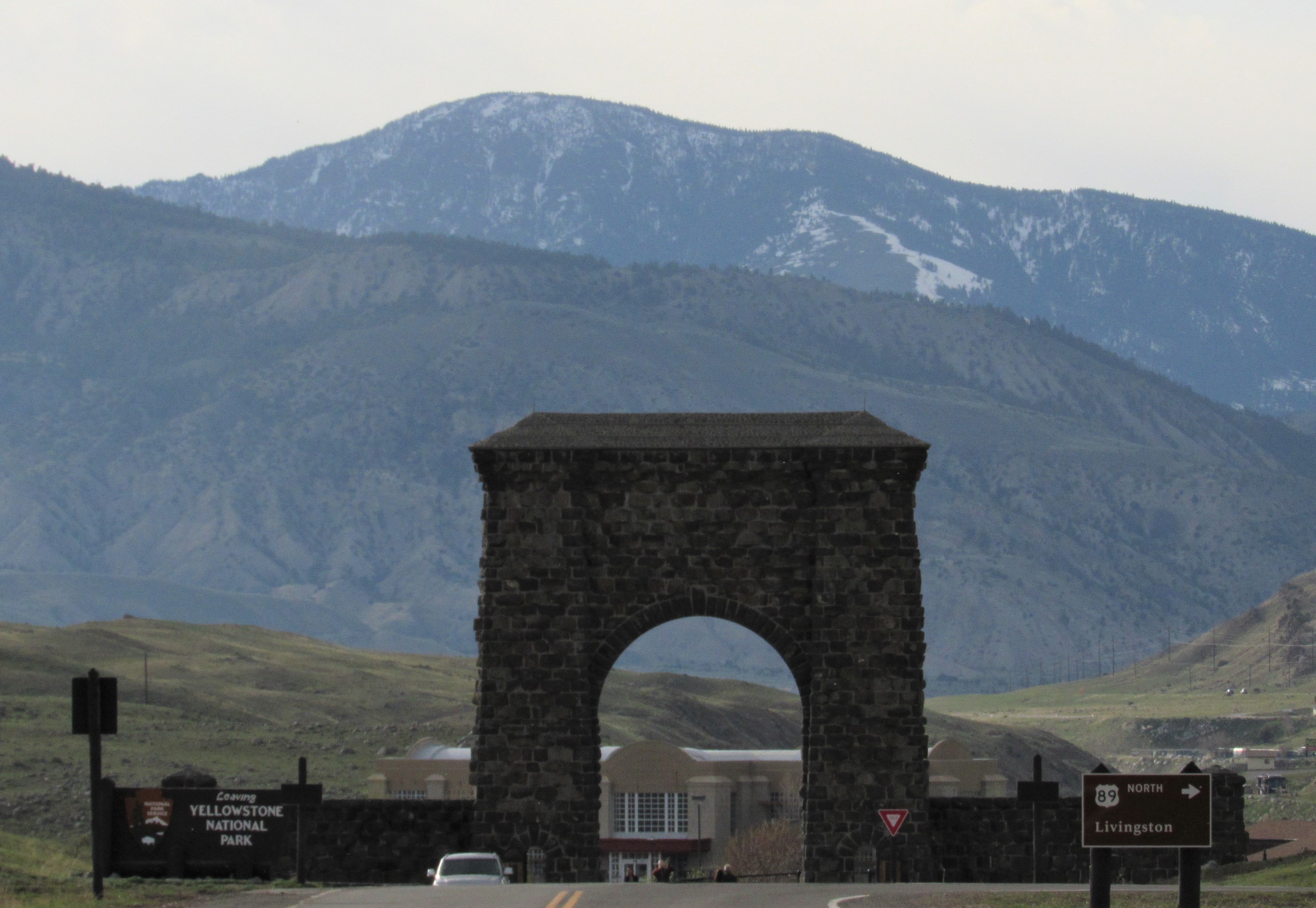
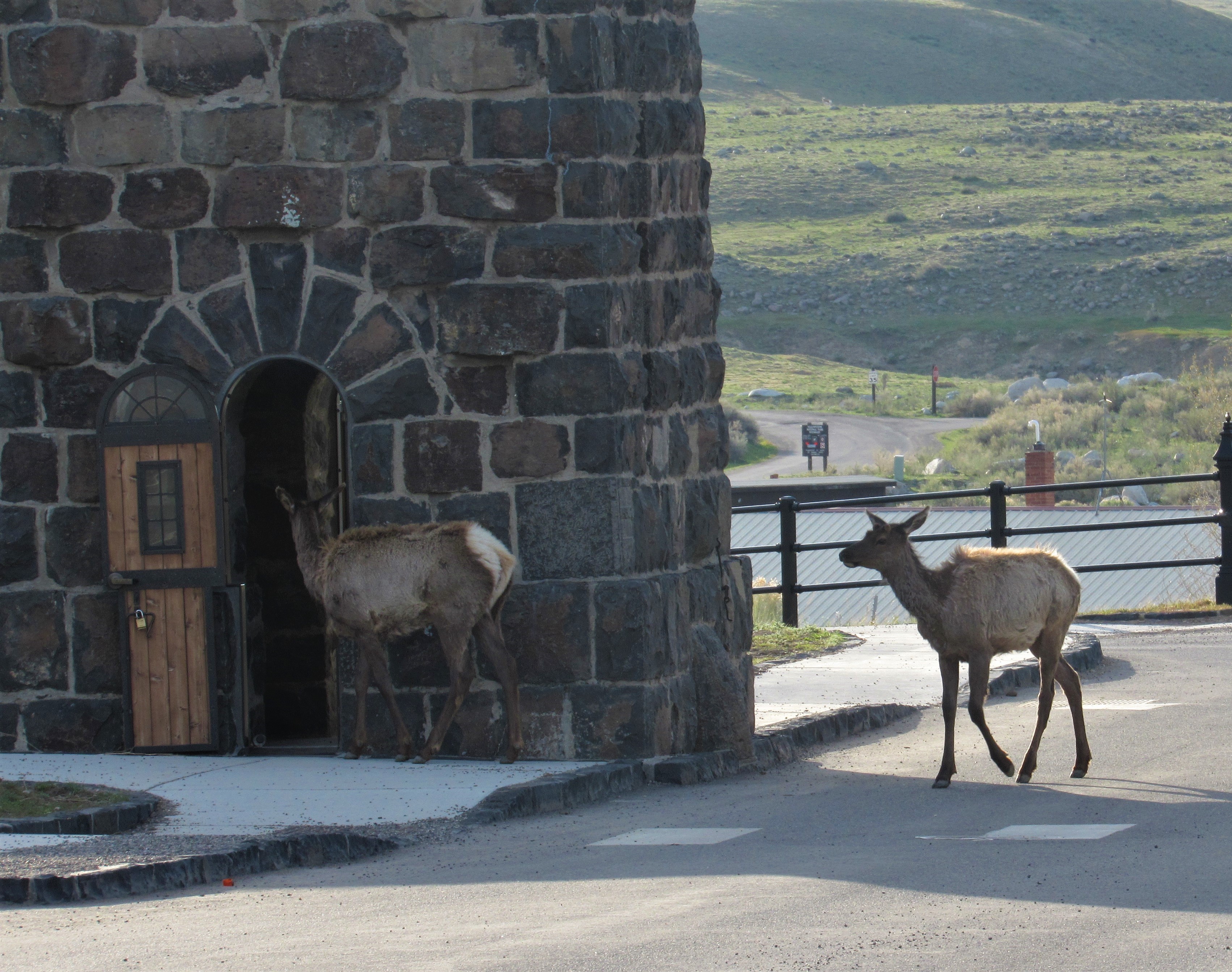

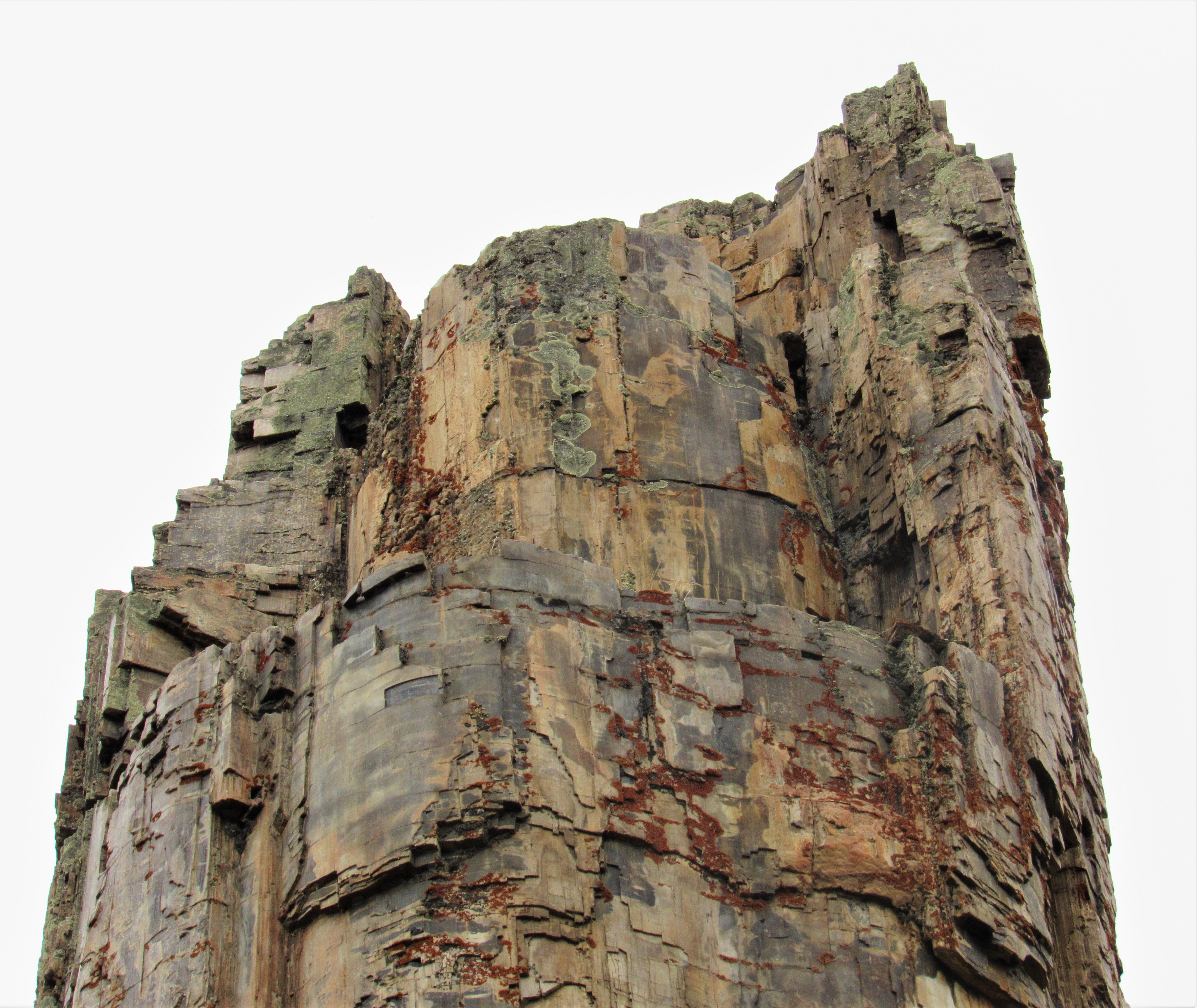


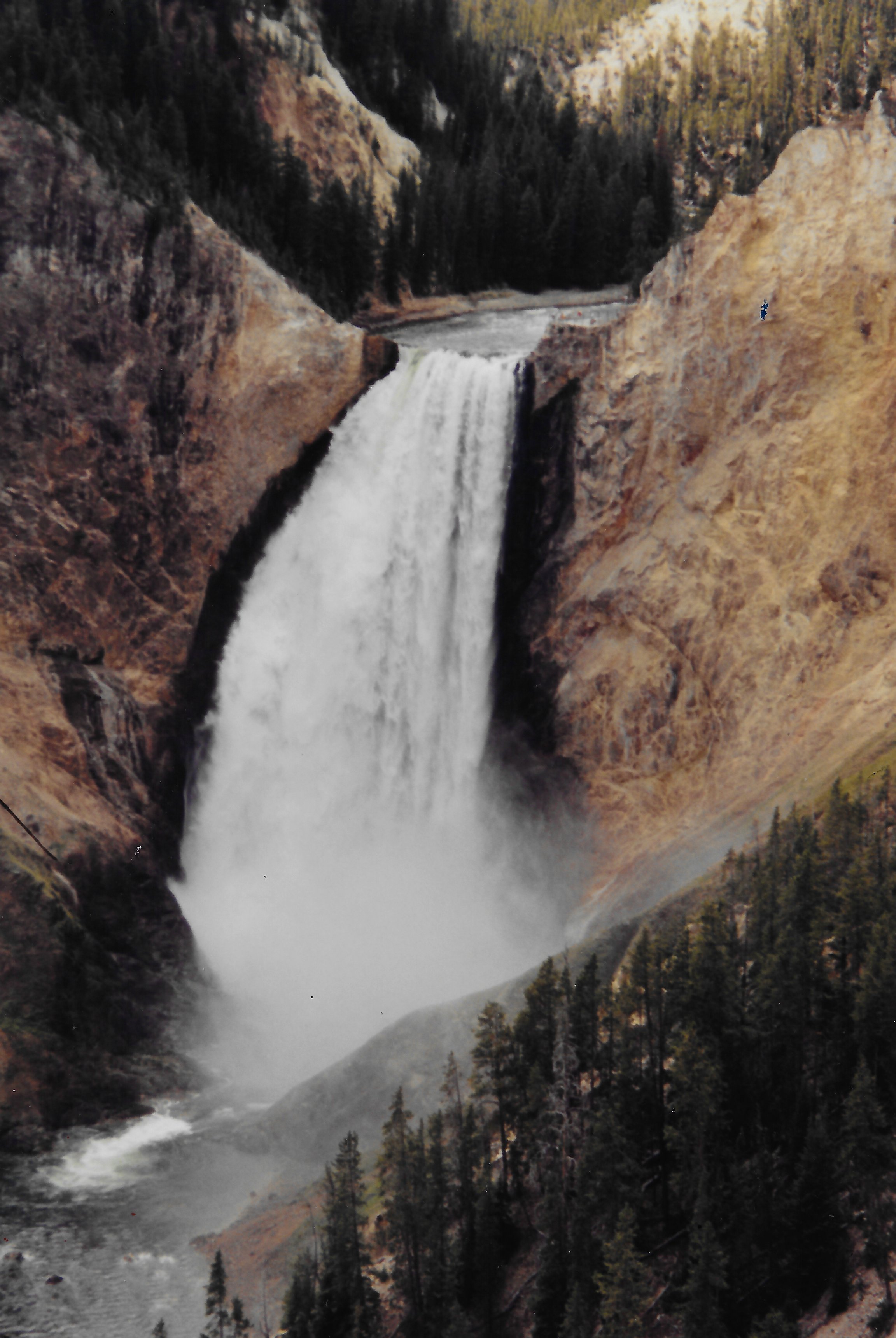
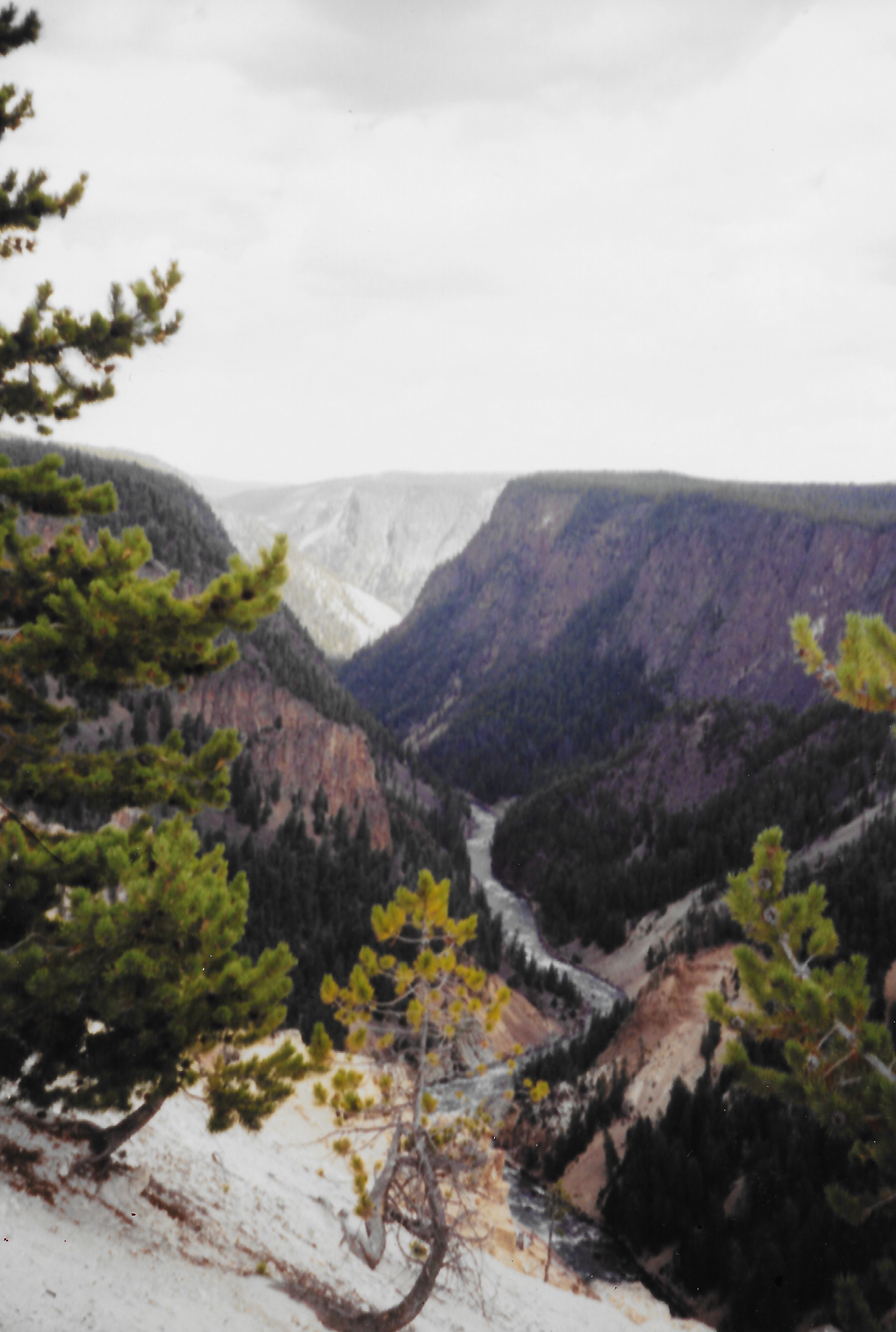
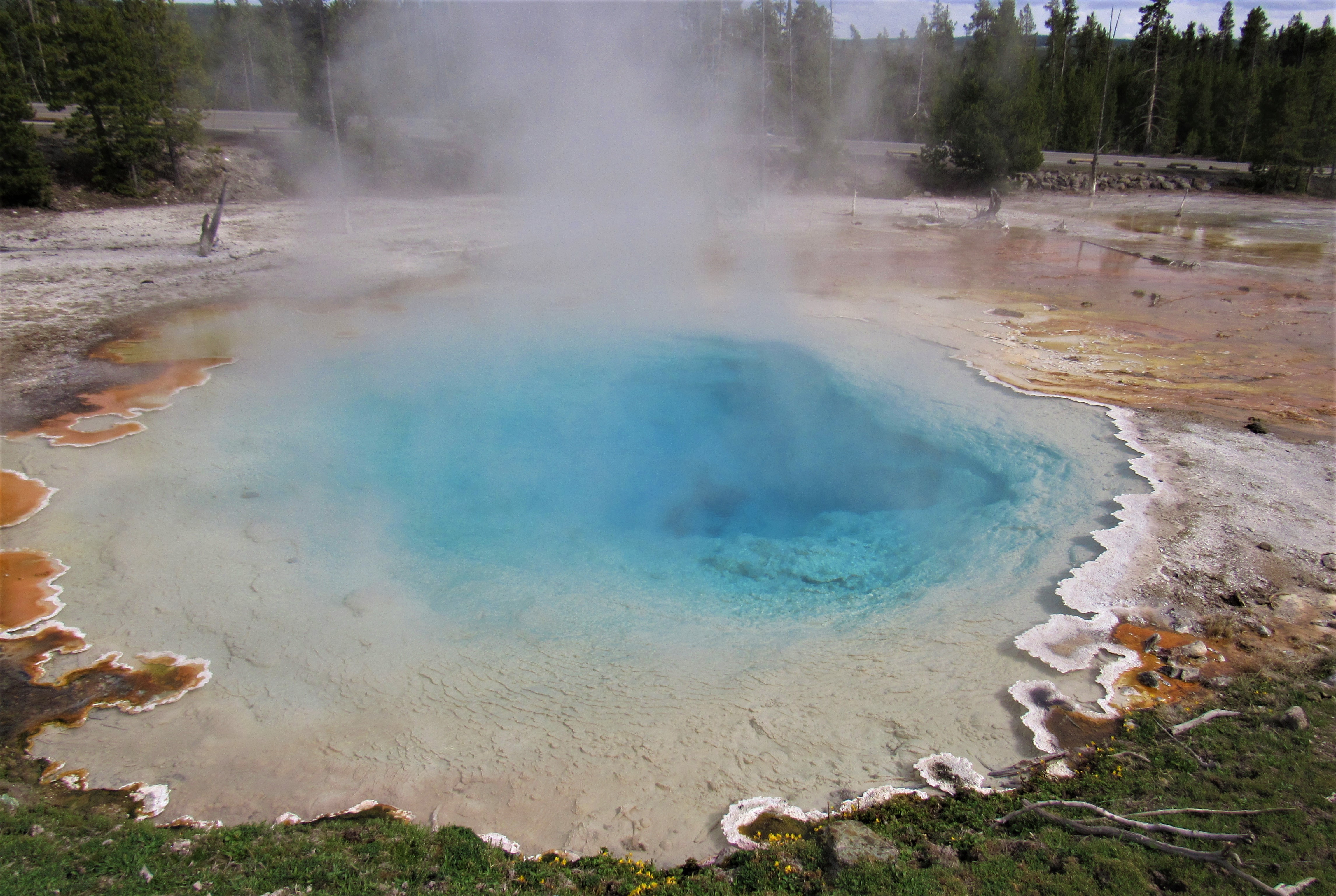

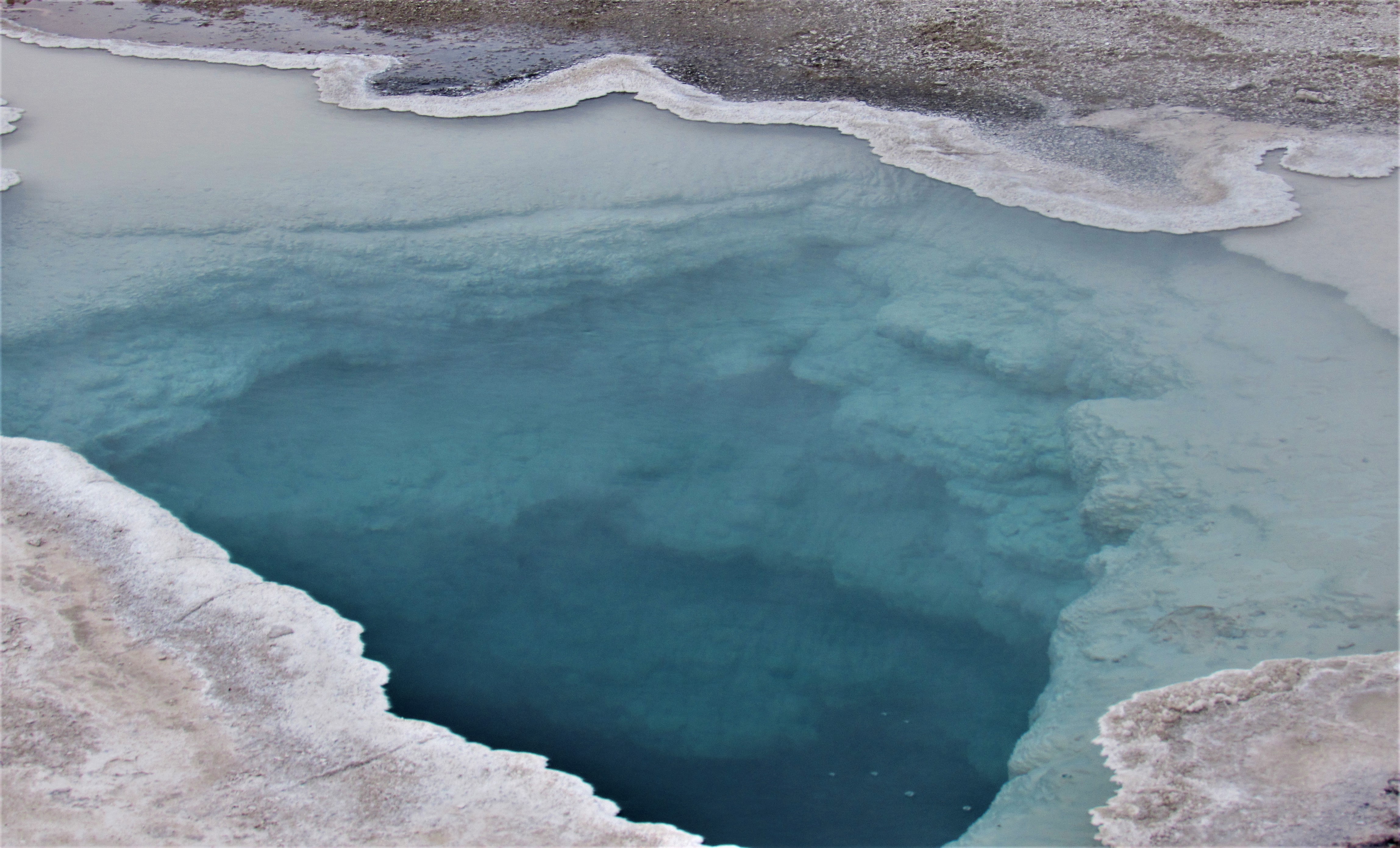

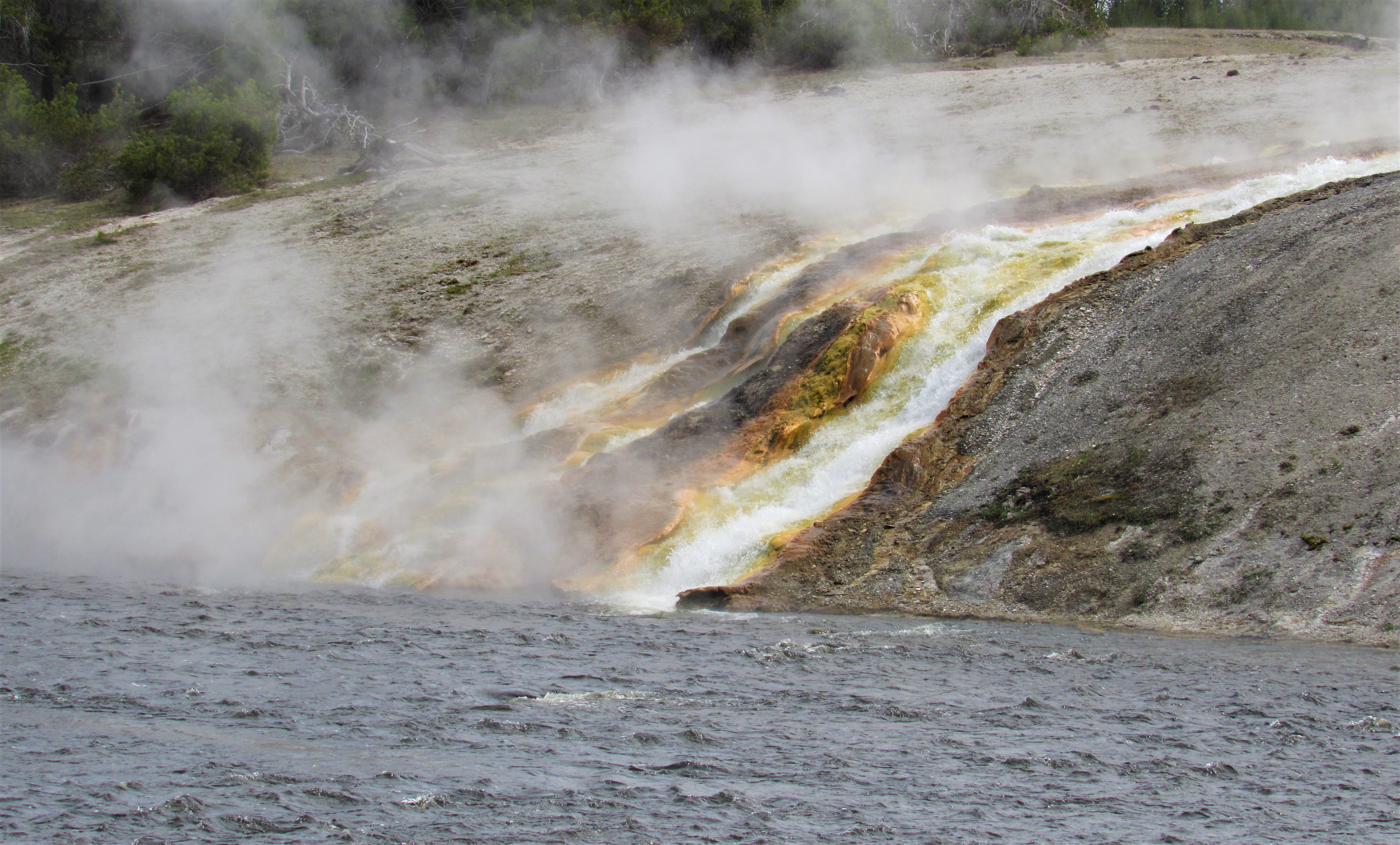


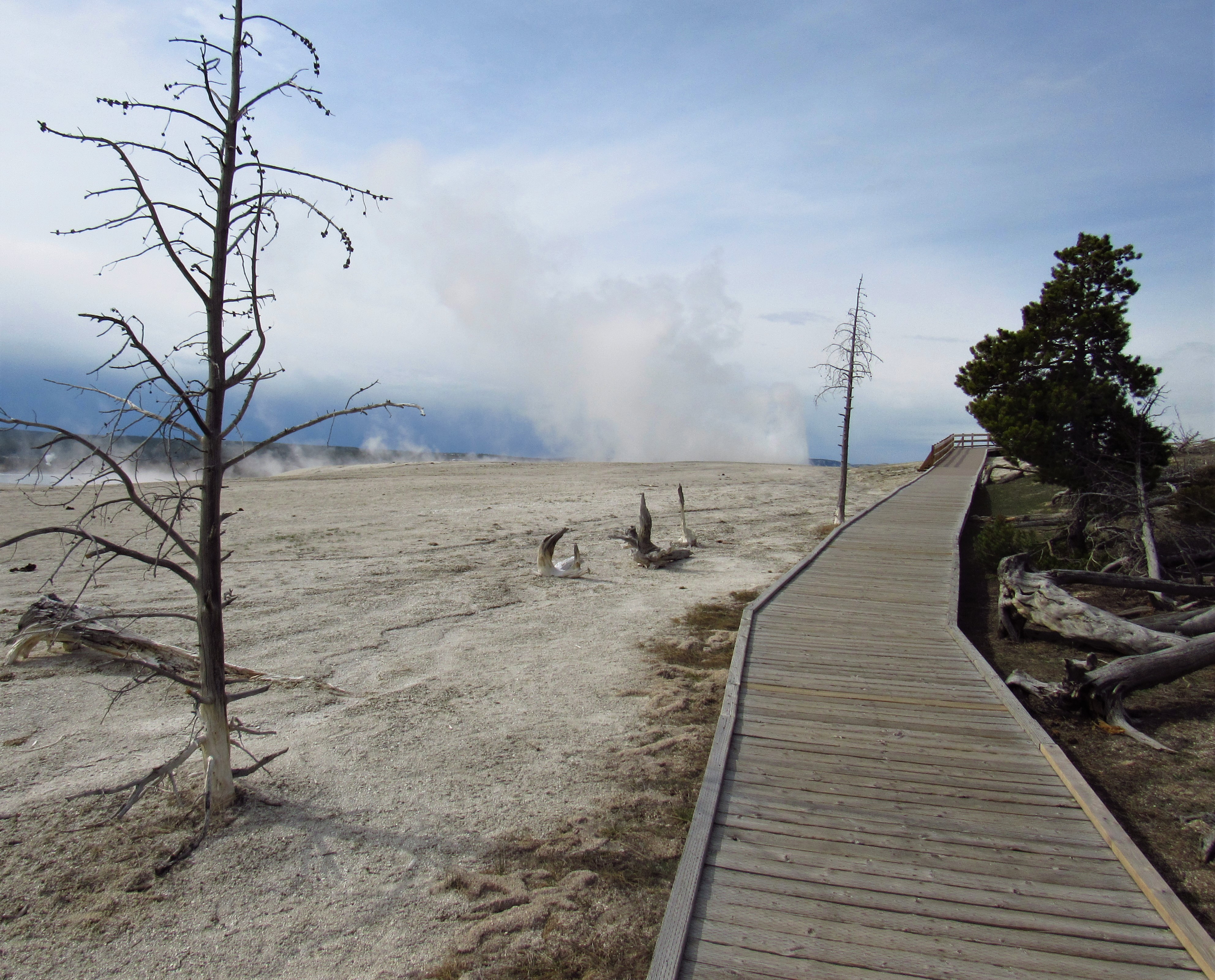
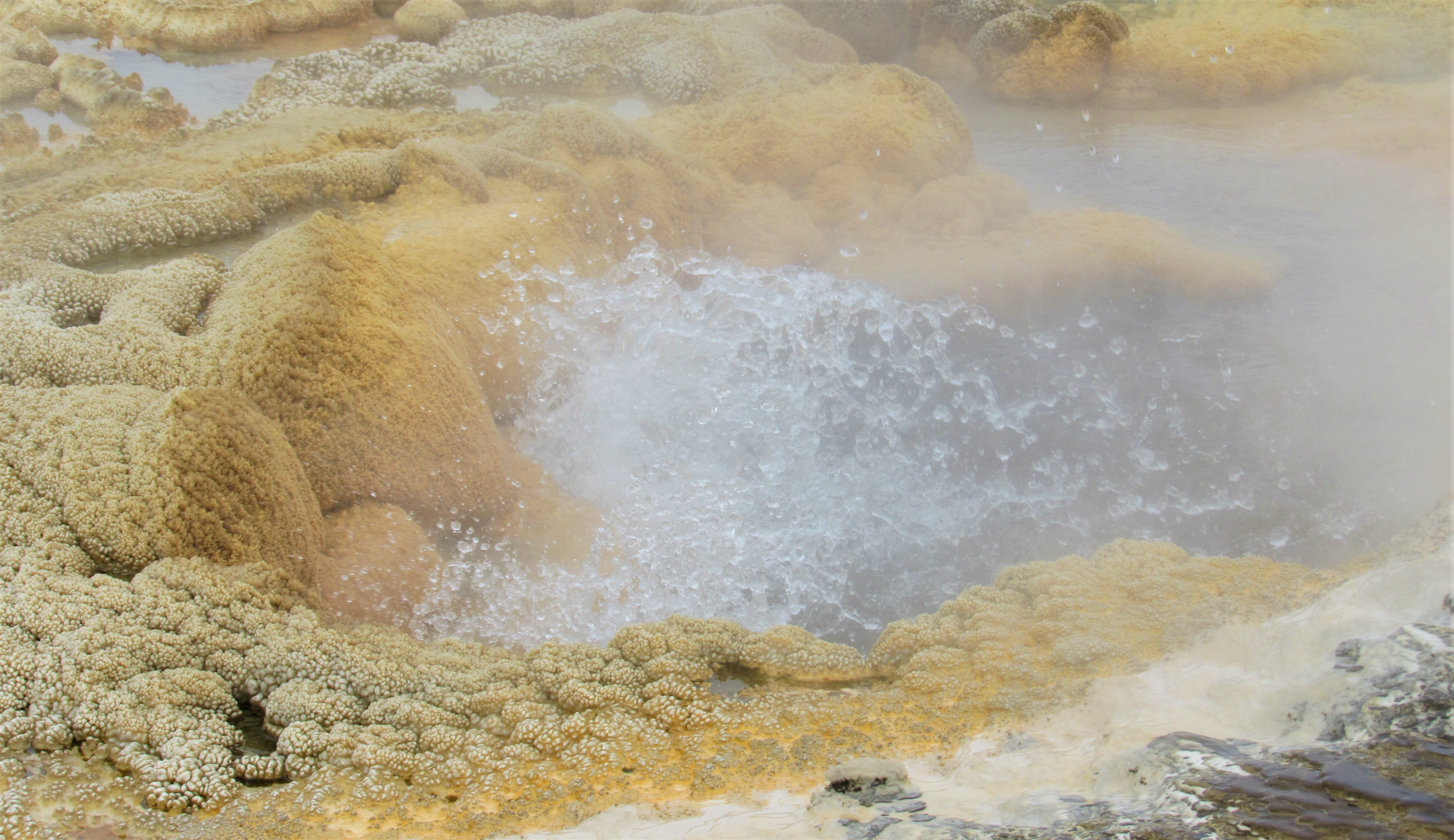


No Comments